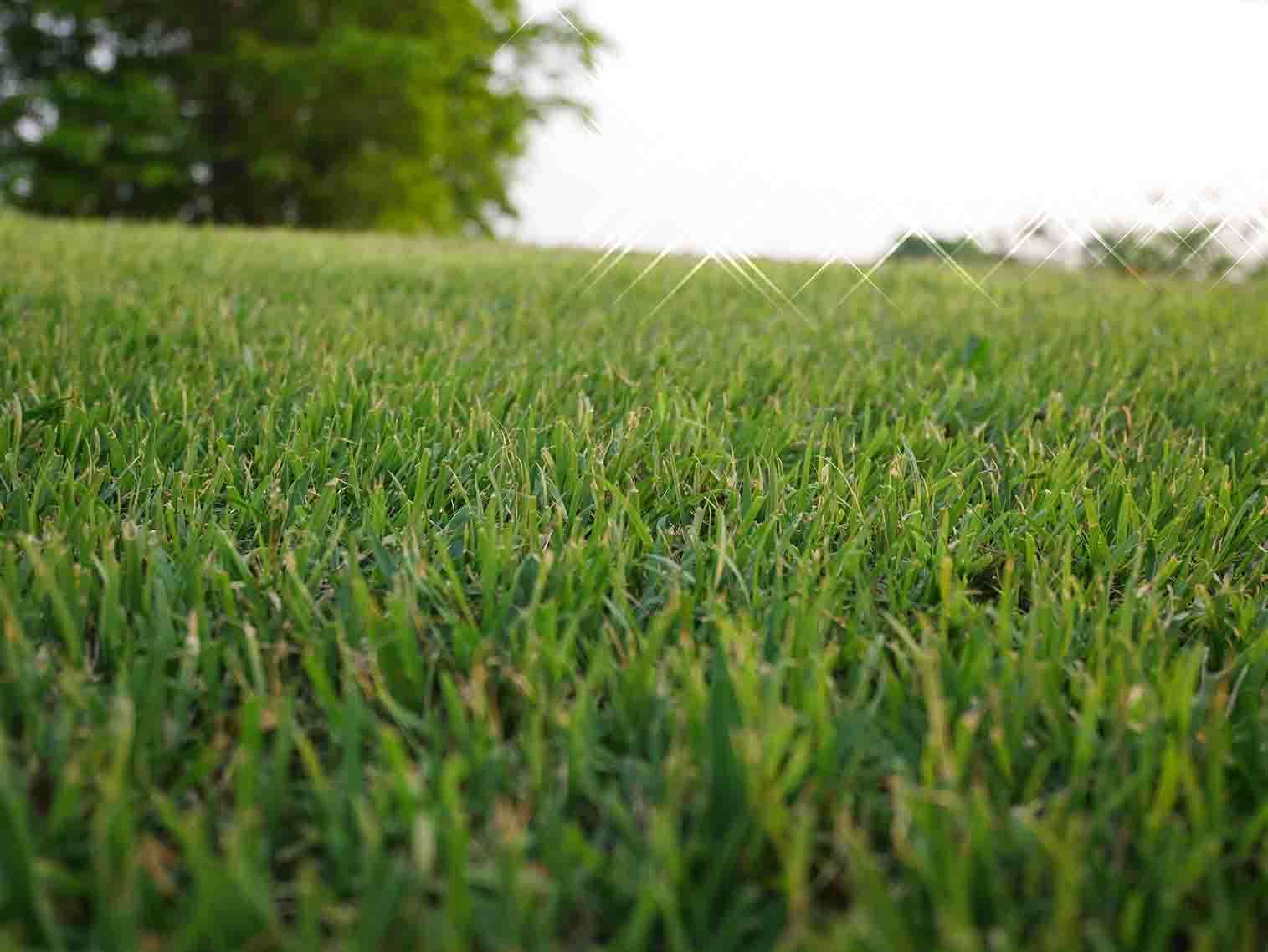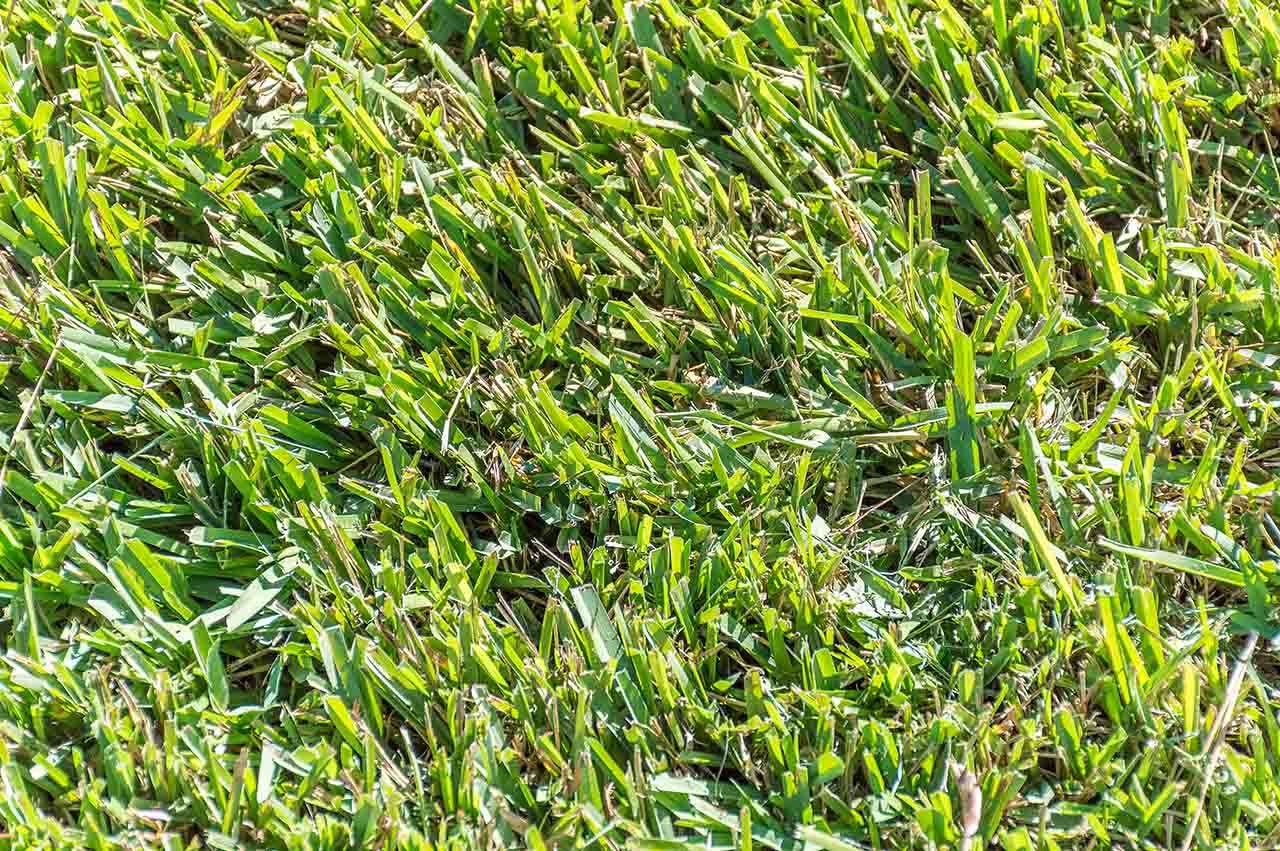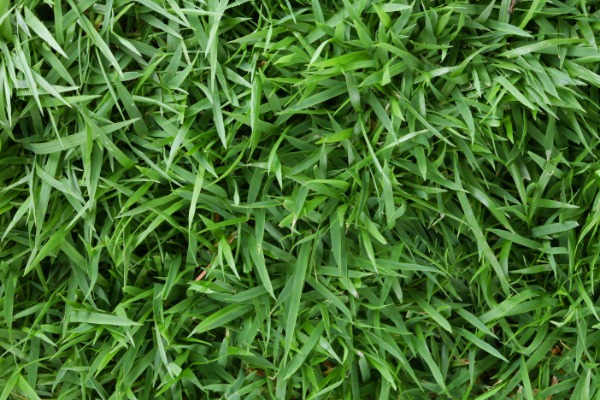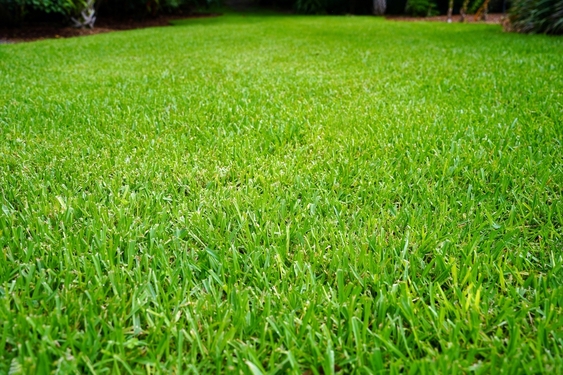Last Updated:
July 26, 2025
When you live in Georgia, your lawn has to be able to put up with a lot. Between scorching summer temperatures, high humidity, and unpredictable rain patterns, your turf has to be tough, heat-loving, and adapted to our long growing season. In Albany, GA, cool-season grasses like Kentucky bluegrass or fescue just won’t cut it because they struggle in the heat and often require more maintenance than they’re worth.
Let’s take a look at the warm-season grasses that thrive right here in Albany. Be sure to check out our landscape installation services if you are looking to create the perfect lawn and landscape in Georgia.

If there’s one grass that screams “Georgia lawn,” it’s bermudagrass. This warm-season favorite is a go-to for everything from golf courses and athletic fields to backyard barbecues. It’s got a bold green color, grows quickly, and fills in bare spots fast thanks to its aggressive spreading habit. Bermudagrass does especially well in full sun, and once it’s established, it’s one of the most durable grasses you can plant in our region.
Homeowners love bermuda because it stands up to heavy foot traffic and recovers quickly from wear. It thrives during our long, hot summers, but it will go dormant and turn brown during winter. Keep it mowed short (about 1–2 inches), and you’ll have a dense, carpet-like lawn that looks clean and uniform. Just note that bermudagrass is a sun-lover, and it doesn’t do well in shaded yards.
Bermudagrass Details:

Want a lawn that’s a little more hands-off? Centipedegrass might be the grass for you. Often called the “lazy man’s grass,” centipede is perfect for Albany homeowners who want a solid lawn without a ton of upkeep. It grows slowly, which means you won’t be mowing it constantly, and it requires less fertilizer than most other types of turfgrass.
Centipedegrass has a light to medium green color and a coarse texture. It performs well in full sun and tolerates some light shade, making it suitable for yards with a mix of sun and tree cover. One of its best features is its ability to grow in acidic, nutrient-poor soils, which is a huge plus in many parts of southwest Georgia. That said, centipede doesn’t handle foot traffic as well as bermuda or zoysia, so it’s best suited for lawns with lighter activity.
Centipedegrass Details:

Zoysiagrass hits a sweet spot between the lushness of bermuda and the low-maintenance appeal of centipede. It has a thick, dense growth habit that naturally crowds out weeds, and it offers a soft, cushiony feel underfoot. Zoysia lawns are a bit slower to establish, but once they’re in place, they’re incredibly hardy and resilient.
What makes zoysiagrass a favorite in Albany is its versatility. It handles heat and drought like a champ, but it also does better in partial shade than bermuda. It’s also pretty tolerant of foot traffic, making it a great all-around choice for families with kids or pets. It does like to be mowed a little higher than bermuda, and you’ll want to be on top of thatch management—but the payoff is a beautiful, emerald-green lawn with a smooth, uniform texture.
Zoysiagrass Details:

If your yard is surrounded by trees or you’ve got areas that rarely get full sun, St. Augustinegrass might be your best bet. This turf is known for its broad, coarse blades and deep green color. It establishes quickly with above-ground runners (called stolons), forming a dense, mat-like surface that holds up well in Albany’s humid environment.
St. Augustine is particularly prized for its shade tolerance. While it won’t grow in full darkness, it can perform better in dappled light or moderate shade than almost any other warm-season grass. It does require a bit more water and maintenance, especially during dry spells, and it can be susceptible to pests like chinch bugs if not properly managed. But for lawns where sunlight is limited, it can be the only practical solution.
St. Augustinegrass Details:
No two lawns are the same. Your yard’s sun exposure, soil type, drainage, and how you use your lawn all play a role in determining which grass will work best. Here’s a quick cheat sheet:
When in doubt, mixing grass types or overseeding strategically can help you get the best of both worlds. But that takes some planning and knowing when and how to establish your turf is key. For help with overseeding your lawn in Albany, GA, call Pro Outdoor today for all your lawn care needs!